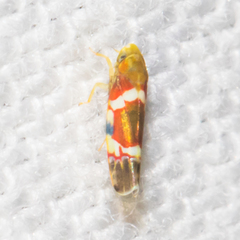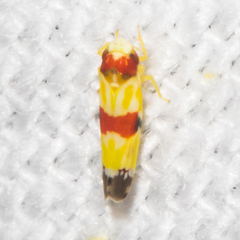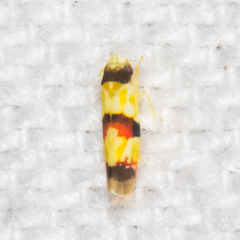CNC 19 - My personal wrap-up
The competition still has just over 24 hours to go, but I wanted to share some of my thoughts since I'm done uploading...
At the moment, I have uploaded 1371 observations of 532 species.
My personal goal for the competition was to make 1000 observations of as many different species as I could find. (I never did find that darn squirrel! I swear they go into hiding during the CNC!) I'm thrilled to have achieved my personal goal!
Last year I made 757 observations of 437 species. Definite improvement!
And I'm anxious to see the final results on Monday.
Some thoughts about the things that I saw or experienced during the challenge that aren't represented in the photos:
- Since I could not drive very far, I did all of my observations within 10 miles of my home at various parks and fields that I frequent. It helped to know what species were already there, and where I could find some species I had not already photographed.
- I moth'ed in my backyard every night. It was one of the best turn-outs I've had in a while! Lots of larger moths, and several new species for my yard.
- I photographed more grasses and sedges than I've ever done before. I won't remember any of them next week, but if I just keep doing that it will eventually sink in.
- I also photographed a LOT of plant galls. (Those balls that insects make on plants/trees.) Their variety of shapes fascinate me!
- My most photographed species (11 times) was of the Venus' Looking-Glass Flower (Triodanis biflora)
- I had no idea the Brown Thrasher (bird) could sing! I heard him before I saw him and I was mesmerized!
- I found 2 live caterpillars in the bluebird nestboxes after the young had fledged. I don't know if they were looking for somewhere to pupate, or if they just got lucky and avoided being lunch. 1 was interesting. 2 is curious...
- I waited 30 minutes to catch a hummingbird, but they were zipping all over the place and chittering so I knew they were there. Never did get a pic. Later, I saw a strange squirrel and tried to photograph it, but it kept jumping from limb to limb and then disappeared. Right above it, in the treetop, was a Black Chinned Hummer that I was able to photograph.
And I love stats, so....
-
Daily totals:
Day 1: 371 observations, 15 new species
Day 2: 390 observations, 9 new species
Day 3: 264 observations, 9 new species
Day 4: 346 observations, 9 new species -
Observed taxa:
341 Plants
123 Insects
28 Birds
26 Fungi
15 Arachnids
7 Mollusks
5 Reptiles
2 Mammals
2 Other
2 Ray-finned fishes
2 Protozoa
1 Amphibians












